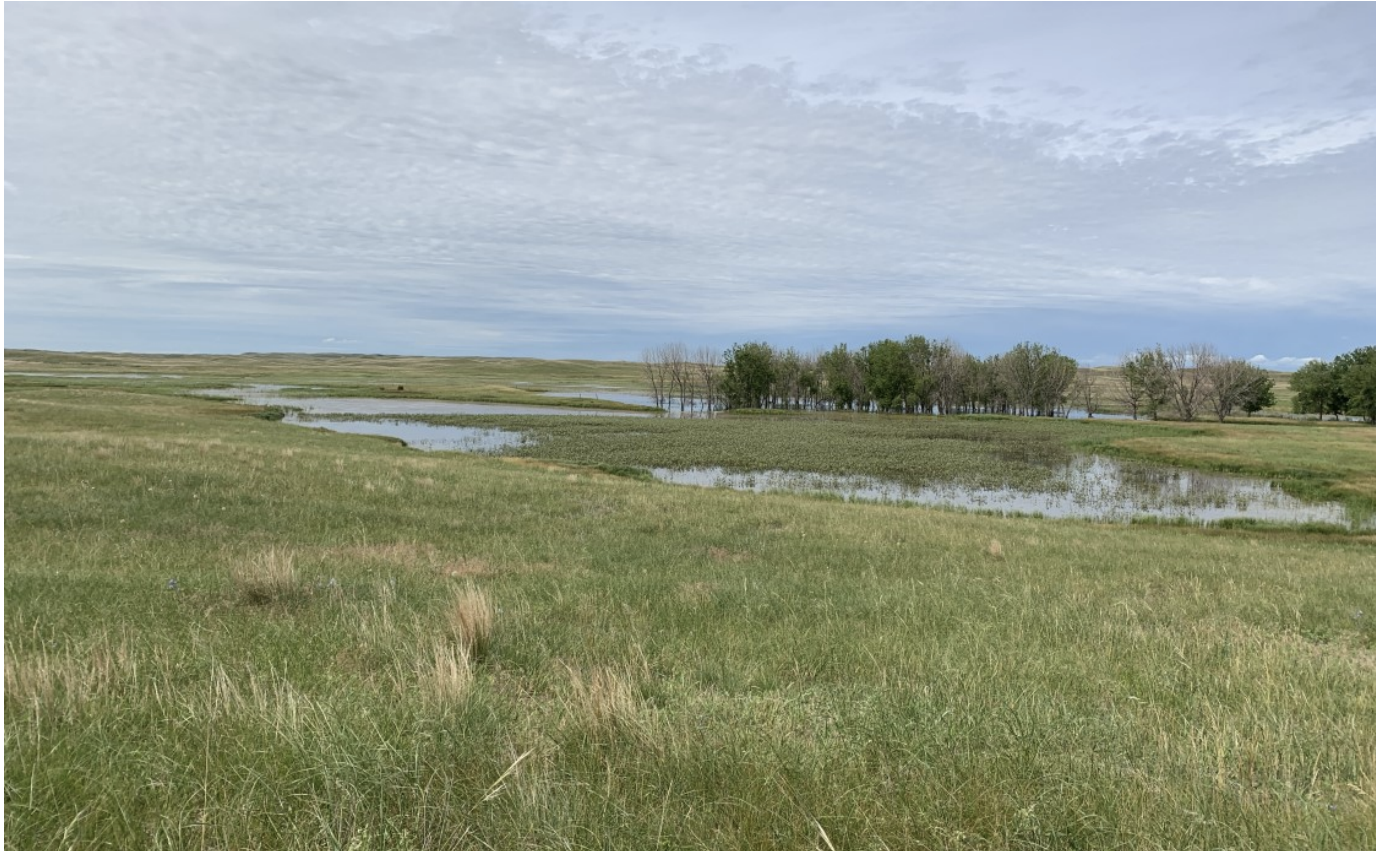
All-Star FACW Wetland Mix
n/a
All-Star FACW Wetland Mix is a comprehensive mixture of sedges, rushes, wildflowers and grasses formulated to withstand wet to saturated soils. The species are adapted for the Great Plains and Midwest wetland boundaries.
- Growing Region: Midwest
- Blooms:
- Life Form:
- Application Type: Habitat Restoration, Land Reclamation
- Height:
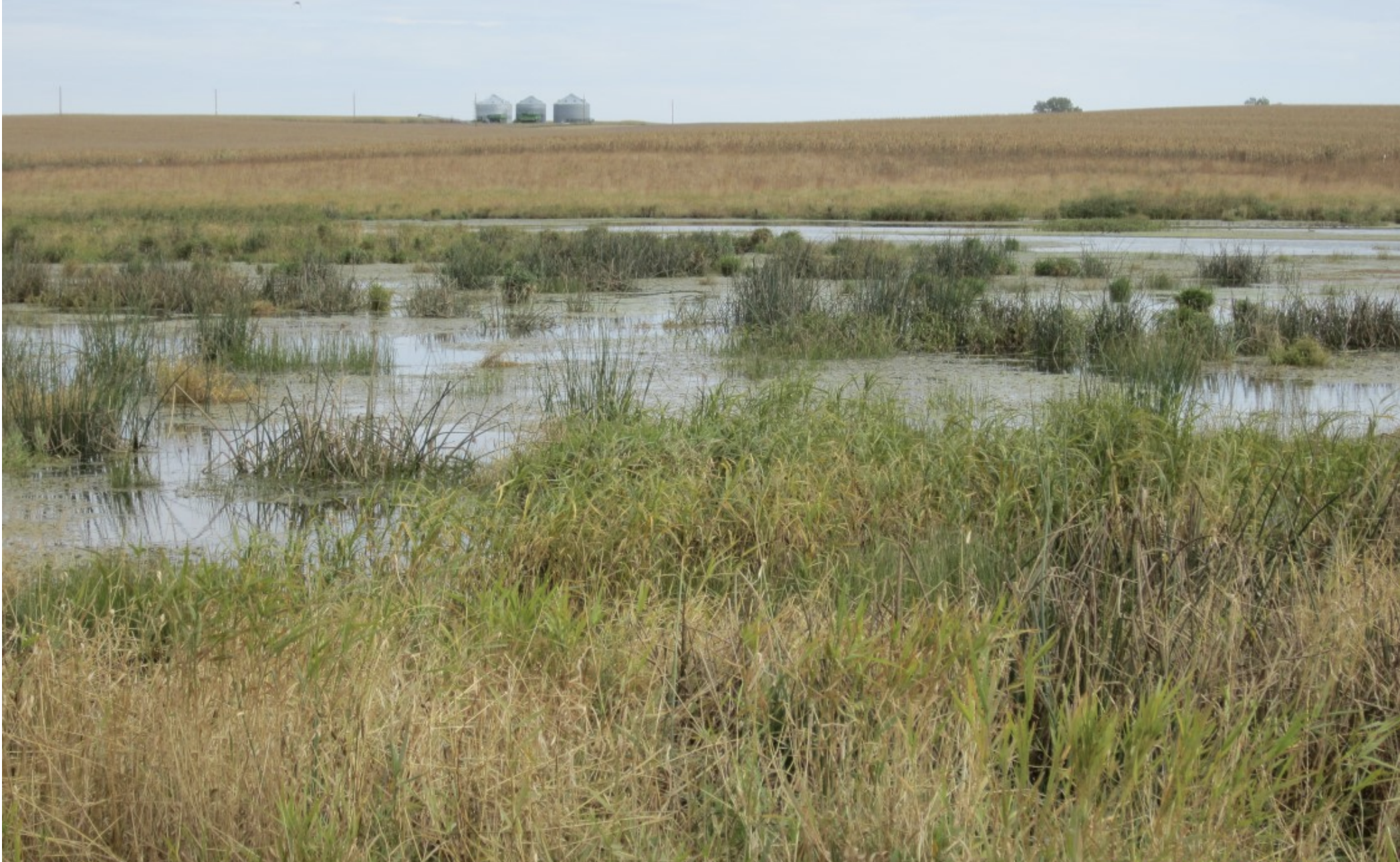
All-Star OBGL Wetland Mix
n/a
All-Star OBL Wetland Mix is a comprehensive mixture of sedges, rushes, wildflowers and grasses formulated to withstand saturated to standing water areas. The species are adapted for the Great Plains and Midwest wetland boundaries.
- Growing Region: Midwest
- Blooms:
- Life Form:
- Application Type: Habitat Restoration, Land Reclamation
- Height:
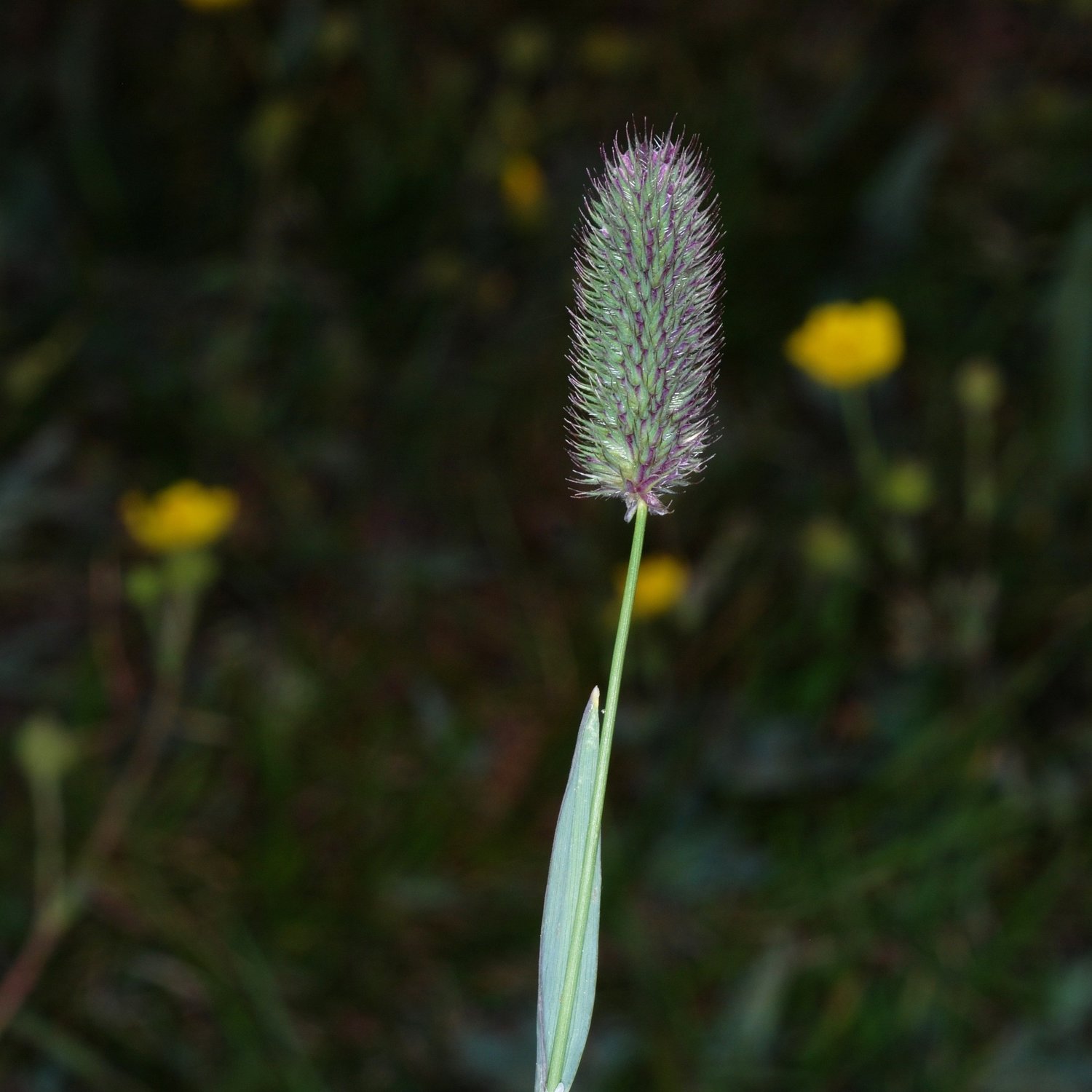
Alpine timothy
Phleum alpinum
Short, Cool season, perennial native bunchgrass sometimes forming a sod. Occurs at high elevations in northern latitudes from 4,000-12,500 ft. Prefers mountain meadows, bogs and streambanks in well-drained to poorly drained soils. Provides good forage that stays green throughout the summer and late season. Used to revegetate roadsides, ski slopes and mines.
- Growing Region: Southeast, Midwest
- Blooms:
- Life Form: Grass
- Application Type: Agricultural Conservation, Erosion Control, Habitat Restoration, Land Reclamation
- Height: 1-2 ft
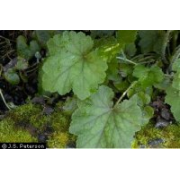
Alumroot
Heuchera richardsonii
Although never abundant, Richardson's Alumroot has been found in almost every county in North Dakota. The species range well into the low Arctic, but do not occur much farther South than Missouri.The thick cluster of basal leaves on this plant looks like those of the Geranium. One to four leafless hairy stems grow up to two feet tall from heavy perennial taproots. The yellowish to purple flowers occur in clusters of ten to twenty along the upper part of the stem.Look for Richardson's Alumroot around hilltops and sideslopes in native prairie. Cattle seem to avoid this plant, probably because of its astringent qualities. Nevertheless, somewhat greater numbers of plants are usually found on moderately or lightly grazed pastures, possibly because of the better soil moisture conditions there.Extracts from the roots of all the Heucheras have been used medicinally for their astringent qualities. The Saxifrage family (Saxifragaceae), of which the alumroots are members, also includes our wild currants and gooseberries. The name was compounded from the Latin saxum, "a stone," and frangere, "to break," by early medical practitioners who labored under the ancient "doctrine of signatures." The doctrine stated that plants bore structures that resembled the maladies the plants were supposed to cure. Hence, some European species bearing granular bulblets were purported to dissolve urinary concretions.The Swedish naturalist Carl von Linne (Linnaeus) named the genus in honor of the German botanist Johann von Huecher (1677-1747). English botanist Robert Brown dedicated this North American species to science in 1823 in memory of its discoverer, Sir John Richardson.
- Growing Region: Midwest
- Blooms: Summer
- Life Form: Forb
- Application Type: Habitat Restoration, Land Reclamation
- Height: 1-2 ft
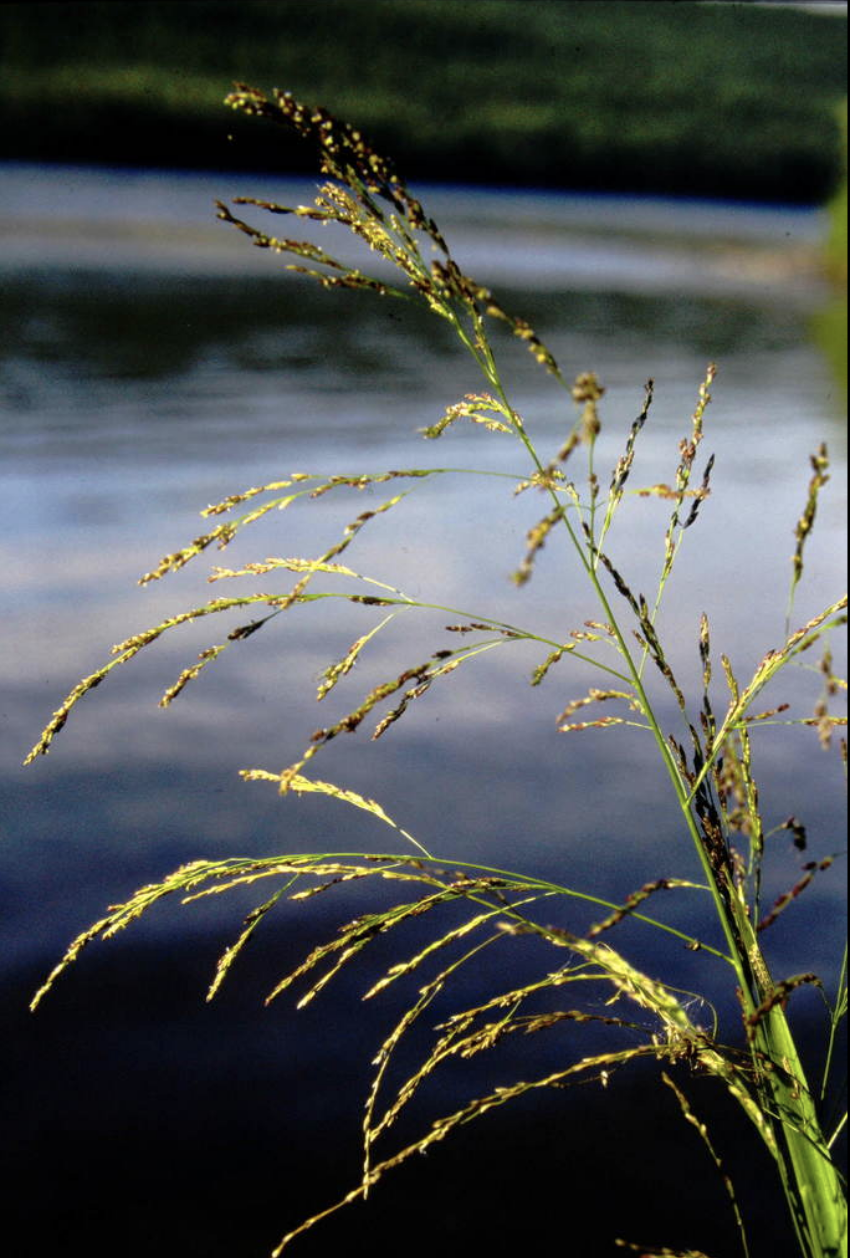
American mannagrass
Glyceria grandis
Cool season, rhizomatous, native perennial that occurs in wetlands, streambanks, marshes and ditches. Requires wet to moist soils; withstands periods of submersion. Grows rapidly. Important wetland food and habitat source for waterfowl, muskrats and deer throughout its range.
- Growing Region: Pacific Northwest, Southeast
- Blooms:
- Life Form: Grass
- Application Type: Habitat Restoration, Land Reclamation
- Height: 1-3 ft
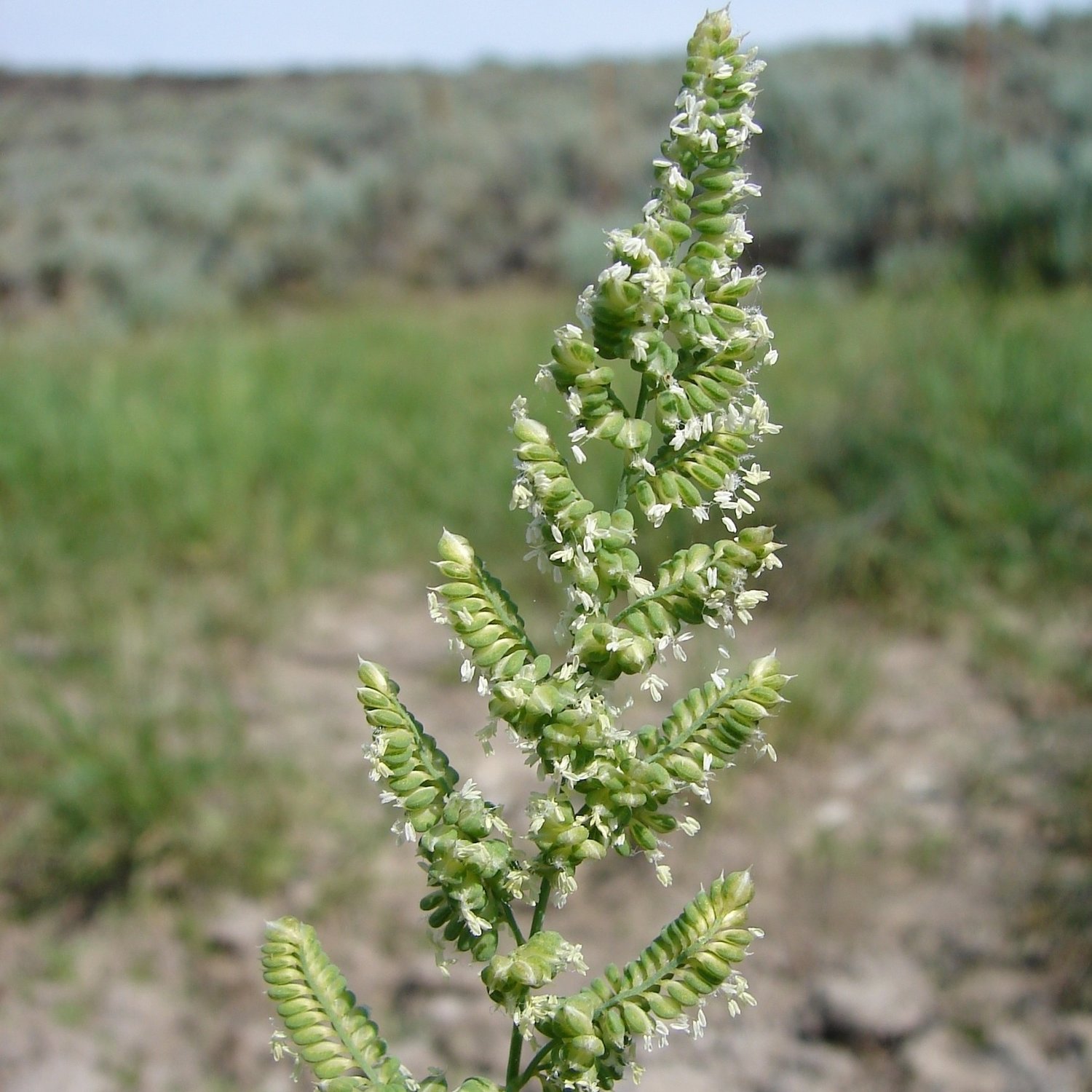
American sloughgrass
Beckmannia syzigachne
Cool season, robust annual or short-lived perennial that may develop short rhizomes. Commonly occurs on wet sites such as ponds, swamps, ditch banks, shallow marshes and sloughs. Prefers clay soils; tolerant of saline soils. Shallow-rooted and able to colonize denuded wetland soils, making it excellent for riparian reclamation. Seeds are eaten by migratory birds. Palatable and frequently used for hay or grazing.
- Growing Region: Pacific Northwest, Intermountain West, Northeast, Midwest
- Blooms:
- Life Form: Grass
- Application Type: Agricultural Conservation, Erosion Control, Habitat Restoration, Land Reclamation
- Height: 1-3 ft
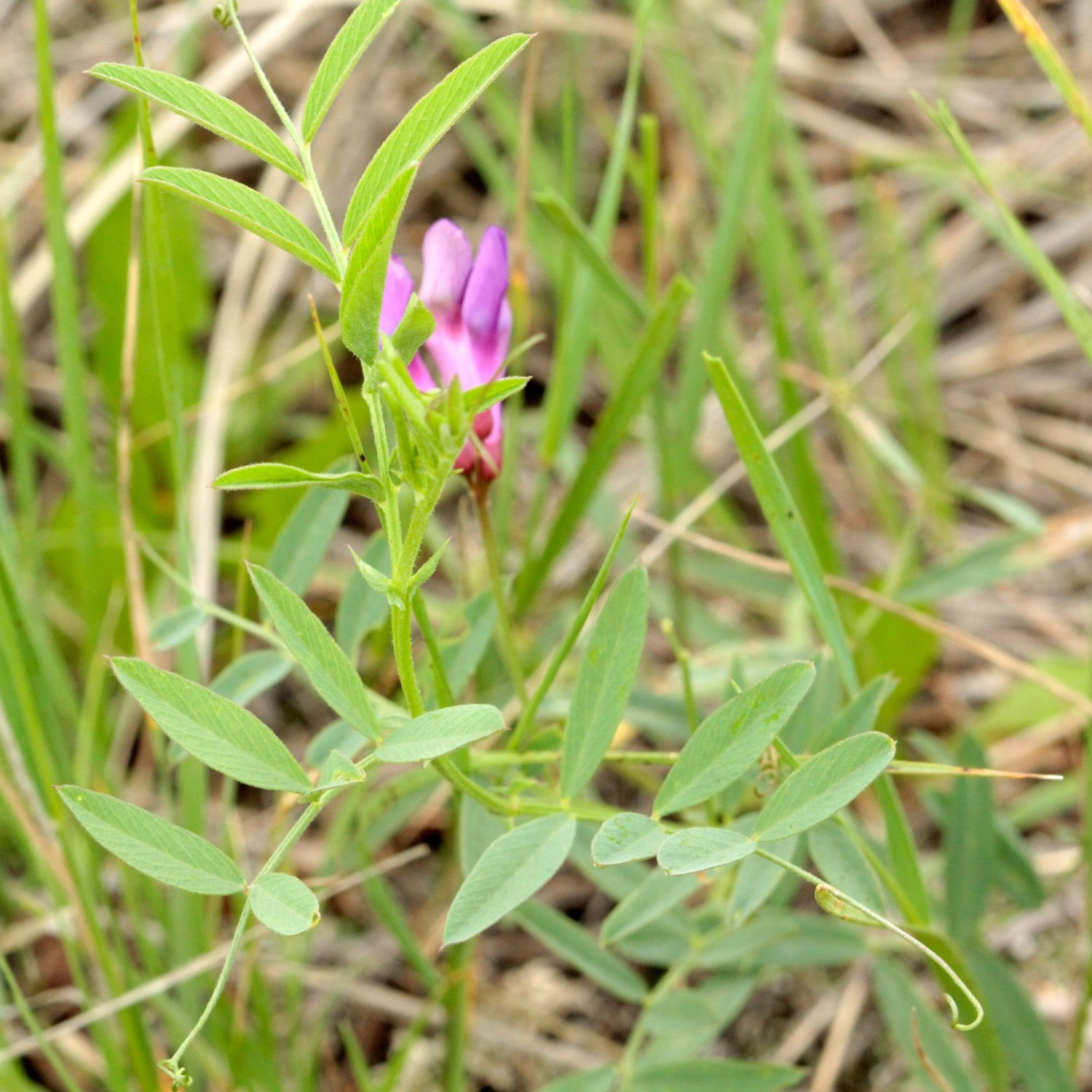
American vetch
Vicia americana
Moderate water requirements, full sun to partial shade. Bluish-purple flowers bloom April through July. Excellent palatability for wildlife and all classes of livestock. Native rhizomatous climbing perennial legume with purple flowers, blooming April to August. Very drought tolerant and widely adaptable, occurring in moist to dry soils of forest openings, meadows, shrublands and streambanks; up to 12,000 ft. elevation. Use for habitat restoration, mining reclamation, arid rangelands and roadsides. Increases following fire. Excellent palatability for all wildlife and ungulates. Important for native pollinators, including wild bees. Larval host of the Western blue tailed butterfly.
- Growing Region: Midwest, Pacific Northwest
- Blooms: Spring, Summer
- Life Form: Forb
- Application Type: Habitat Restoration, Land Reclamation
- Height: 0-1 ft
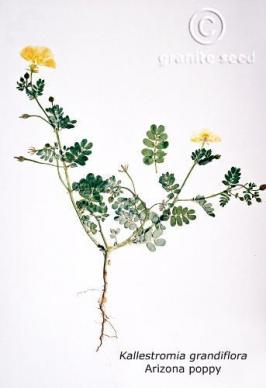
Arizona poppy
Kallstroemia grandiflora
Sprawling summer native annual with golden orange-yellow flowers, blooming July to October after desert monsoons. Quick germination when moisture is available. Found along roadsides, sandy washes, mesas, disturbed areas and low spots, often in mass communities; up to 6,500 ft. elevation. Use in desert restoration and native gardens. Prolific seed producer; seeds eaten by birds. Visited by numerous bees, wasps, flies and butterflies.
- Growing Region: Pacific Northwest, Southwest, Intermountain West, Midwest
- Blooms: Summer, Fall
- Life Form: Forb
- Application Type: Habitat Restoration, Land Reclamation
- Height: 1-3 ft
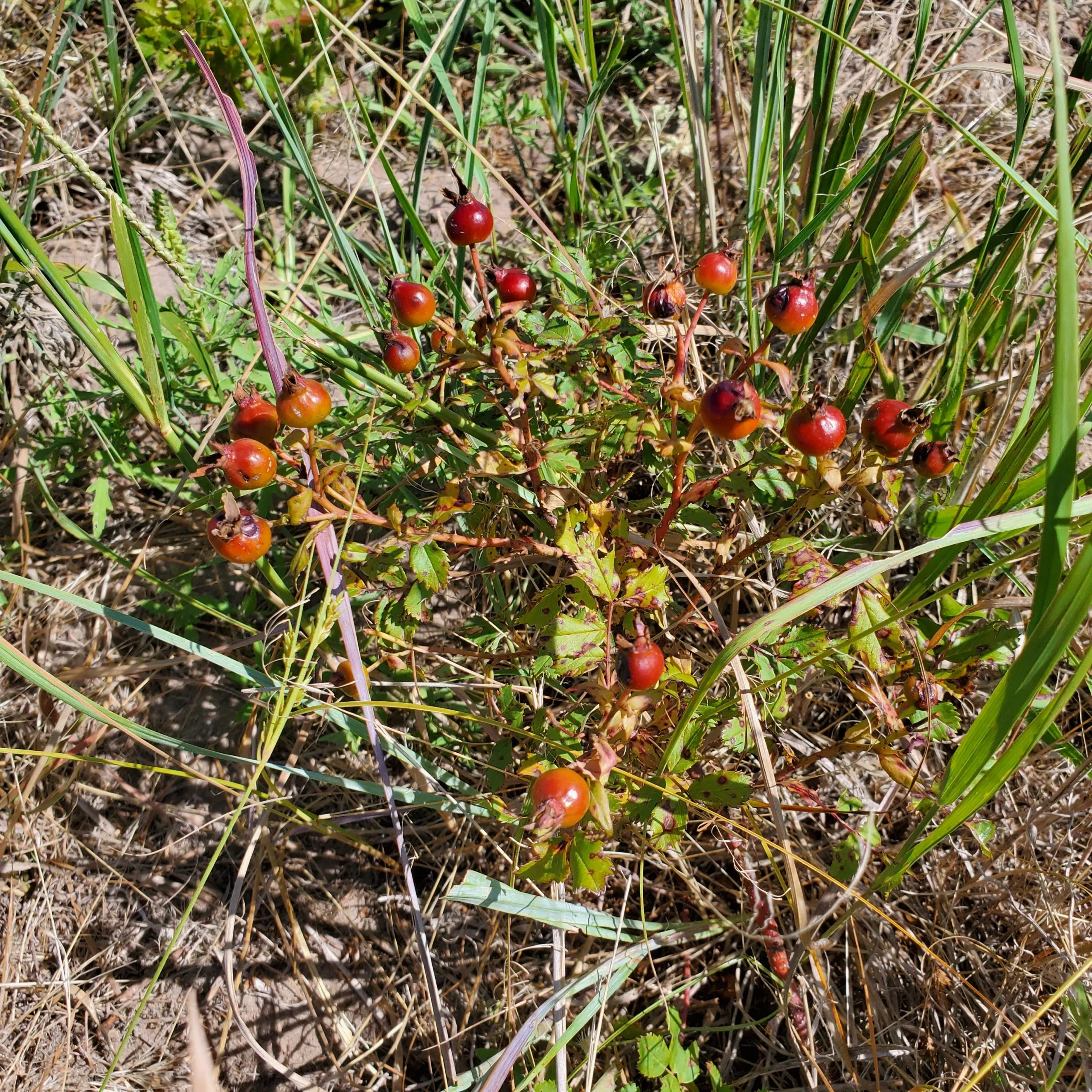
Arkansas Rose
Rosa arkansana
Arkansas Rose, commonly called Prairie Rose, is native to the central portion of the United States from Texas to the Great Lakes region and from New Mexico to Montana. Commonly found on upland prairies and grassland, it prefers full sun exposure. It is Short growing, 1-3 feet, shrub-like, and adaptable to mesic to dry and well-drained soils/ Large pink flowers, 2 inches wide or more bloom from May-July The hips, or seed pods, provide an excellent source of food for birds and small mammals throughout fall and winte. Colorful seed pods linger well into fall and winter.
- Growing Region: Midwest, Intermountain West, Southwest
- Blooms: Spring, Summer
- Life Form: Shrub
- Application Type: Habitat Restoration, Land Reclamation
- Height: 1-3 ft
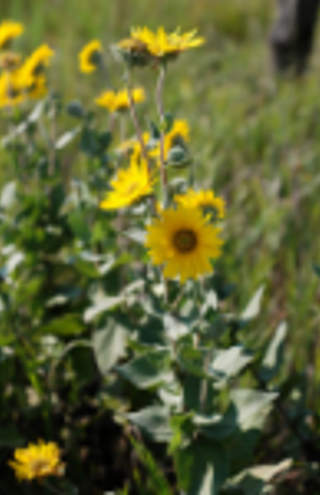
Ashy Sunflower
Helianthus mollis
Ashy Sunflower is a perennial forb native to most of the eastern half of the United States. This attractive wildflower can be found growing in the full sunlight of upland prairies and open grasslands. Mature heights of 3-5 feet Blooms from July-October with bright yellow flowers Popular species with pollinators of all kinds Spreads through seed and rhizomatous growth Can become aggressive, especially in disturbed areas. Commonly in used in conservation areas and flower gardens Highly palatable species for grazing livestock Populations can decrease if over-grazed.
- Growing Region: Midwest, Southeast, Intermountain West
- Blooms: Summer, Fall
- Life Form: Forb
- Application Type: Habitat Restoration, Land Reclamation
- Height: 4+ ft
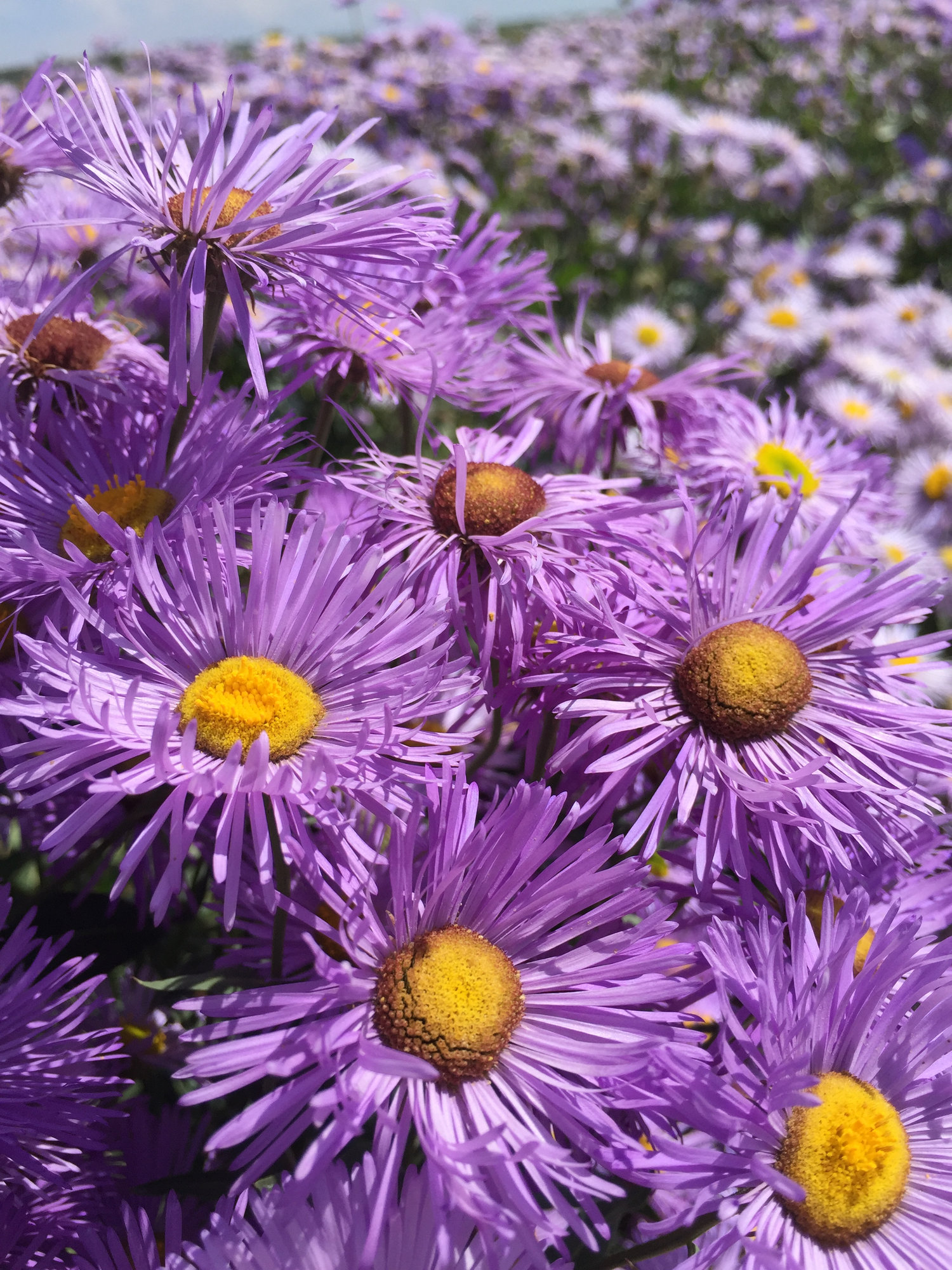
Aspen daisy
in
Moderate water requirement; full sun to part shade. Perennial with lavender to white flowers blooms June to September from mid-montane to subalpine, on open moist slopes, along streams and under aspens, spruce and fir. Also called Aspen fleabane. Native perennial with lavender to blue flowers and yellow centers, blooming June to September. Occurs on well-drained to clay soils in moist meadows, streambanks and openings of aspen, spruce and fir; up to 12,000 ft. elevation. Pollinated by native bees.
- Growing Region: Pacific Northwest, Intermountain West, Southeast
- Blooms: Summer, Fall
- Life Form: Shrub
- Application Type: Habitat Restoration, Land Reclamation
- Height: 1-2 ft
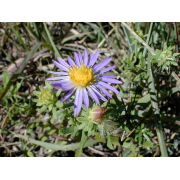
Aster, Aromatic
Symphyotrichum oblongifolium
Aromatic aster is a perennial found distributed in upland areas across the eastern ¾ of the United States from New York west to Montana and south to Texas. It grows best in well-drained moist to dry soils of many types with full or partial sun exposure, growing to a height of 1-3 feet. Blooming from September-October, the purple flowers with yellow centers give way to hairy achenes. Aromatic aster spreads mainly by stolons and can cause large colonies if allowed to spread uncontrolled. Many pollinators and insects utilize the plant and gamebirds feed on the seeds in the fall which makes aromatic aster a good choice for wildlife habitat restoration projects.
- Growing Region: Midwest, Intermountain West, Northeast
- Blooms: Summer, Fall
- Life Form: Forb
- Application Type: Habitat Restoration, Land Reclamation
- Height: 1-2 ft
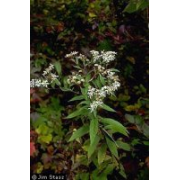
Aster, Flat Top
Aster umbellatus
Inhabiting moist sandy soils, flat top aster can be found in moist prairies, meadows, open woodlands and wetlands in the eastern ½ of the United States. This perennial grows well in sunlight and shade, reaching a height of 2-8 feet under the best growing conditions. The white flowers with yellow centers can be seen from August-October before giving way to hairy achenes that help distribute the seed in the wind. Flat top aster is known to be an indicator of quality wetland environment and can be utilized in wetland restoration plantings.
- Growing Region: Midwest, Southeast
- Blooms: Summer, Fall
- Life Form: Forb
- Application Type: Habitat Restoration, Land Reclamation
- Height: 4+ ft
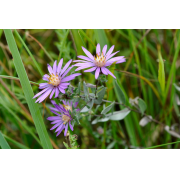
Aster, Silky
Symphyotrichum sericeum
Silky Aster is native to the United States from Texas to North Dakota and west to the Great Lakes. Given its name from the silky hairs that cover its leaves, this perennial will grow to a height of 1-3 feet. Occupying dry, upland sites and open woodlands, it is very drought tolerant preferring to grow in full sun. The purple and yellow flowers are in bloom from August-October when it is frequented by many insects and pollinators.
- Growing Region: Midwest, Intermountain West
- Blooms: Summer, Fall
- Life Form: Forb
- Application Type: Habitat Restoration, Land Reclamation
- Height: 1-2 ft
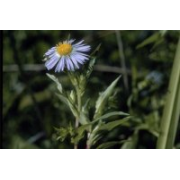
Aster, Swamp (Purple Stemmed)
Symphyotrichum puniceum
Natively growing north and east of a line from Mississippi to the Dakotas and across most of Canada, swamp aster prefers wet to mesic soils where it can grow from 1-7 feet tall. This perennial is not tolerant of drought or competition and will show signs of stress under these conditions. Blooming from August-September, the blue flowers are frequented by many pollinators and other insects utilize the leaves and stems. This plant is commonly referred to as purple stemmed aster due to the purple coloration of its stem, although this is not a true identifying feature.
- Growing Region: Midwest, Southeast, Northeast
- Blooms: Summer, Fall
- Life Form: Forb
- Application Type: Habitat Restoration, Land Reclamation
- Height: 4+ ft